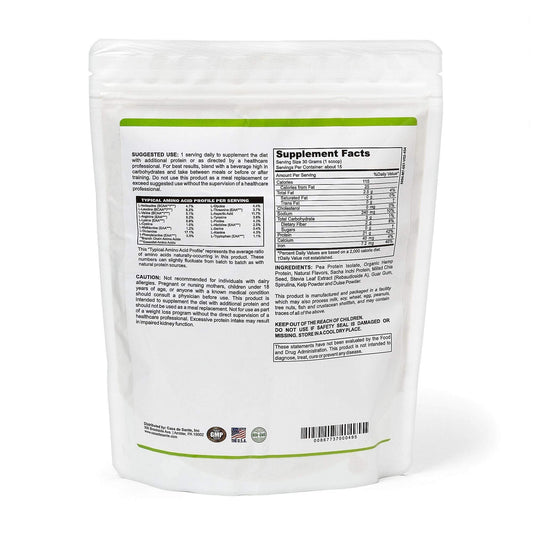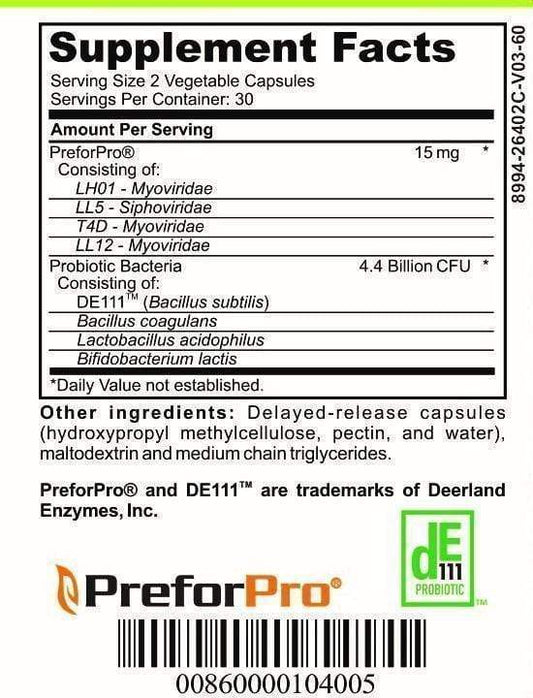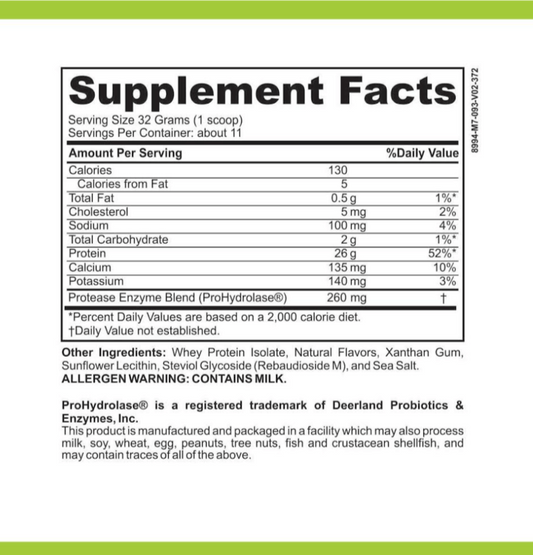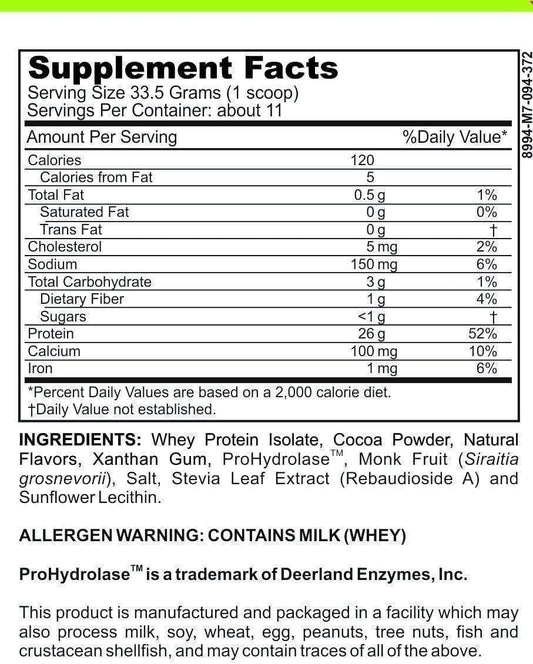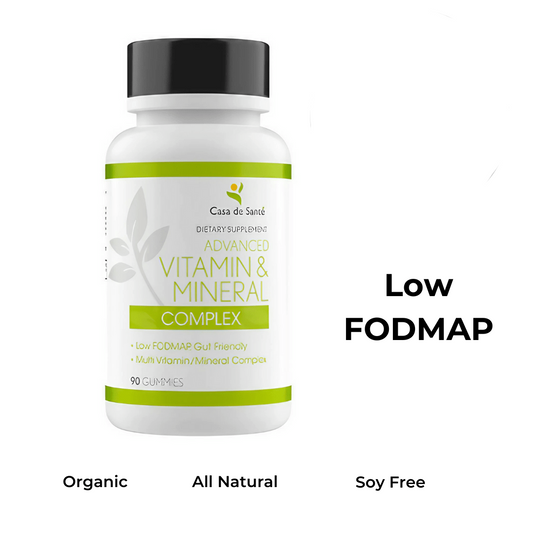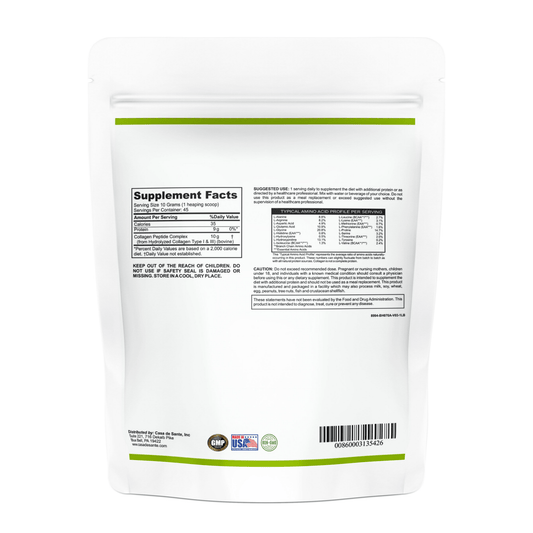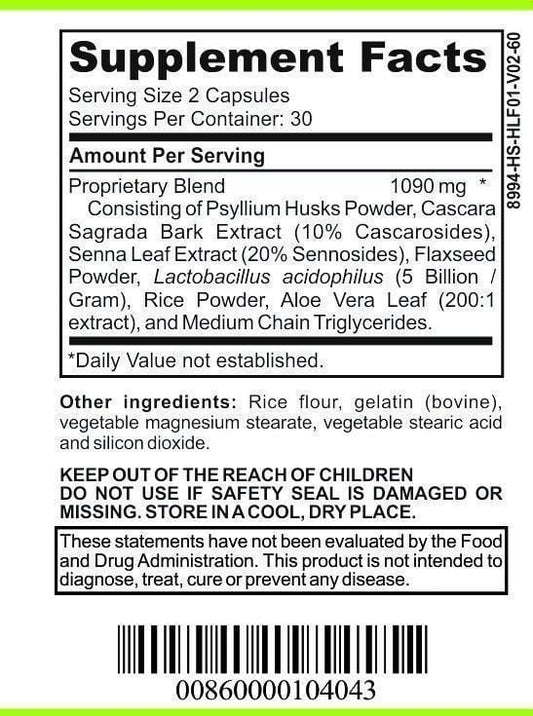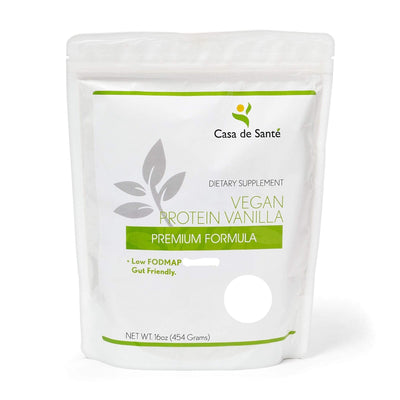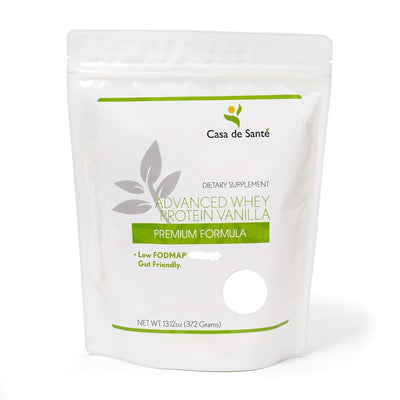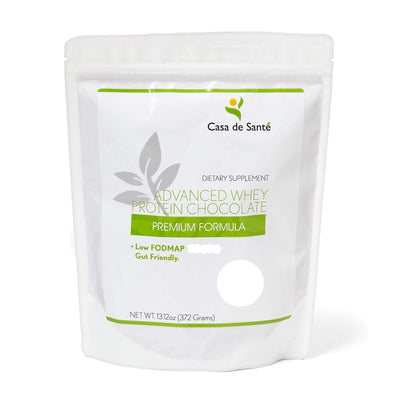Are Tamales Gluten Free
Are Tamales Gluten Free
Tamales are a delightful and savory dish that has been enjoyed for centuries. But for those who follow a gluten-free diet, there may be some concerns about whether tamales can be enjoyed without compromising their health. In this article, we will explore the gluten content of tamales and provide insights into gluten-free alternatives for this beloved traditional food.
Understanding Gluten and Its Effects on Health
Before diving into the world of tamales, it's important to have a basic understanding of gluten and its effects on health. Gluten is a type of protein found in wheat, barley, and rye. For individuals with celiac disease or gluten sensitivity, consuming gluten can lead to various digestive issues and even long-term health complications.
Gluten, a combination of two proteins called gliadin and glutenin, is responsible for giving dough its elasticity. This unique property of gluten allows bread, pasta, and other wheat-based products to maintain their shape and structure. Without gluten, these foods would be crumbly and fall apart easily.
Celiac disease, an autoimmune disorder, is triggered by the consumption of gluten. When individuals with celiac disease consume gluten, their immune system responds by attacking the lining of the small intestine. This immune response leads to inflammation and damage to the intestinal villi, small finger-like projections responsible for nutrient absorption. Over time, this damage can result in malnutrition and a range of symptoms, including abdominal pain, bloating, diarrhea, and weight loss.
Gluten sensitivity, also known as non-celiac gluten sensitivity, shares some similarities with celiac disease. However, it does not involve an autoimmune response or the same level of intestinal damage. Individuals with gluten sensitivity may experience digestive symptoms and other discomforts after consuming gluten, but it does not cause the same long-term damage as celiac disease.
It's worth noting that gluten sensitivity is a relatively new area of study, and its exact mechanisms and prevalence are still being explored. Some researchers believe that gluten sensitivity may be a spectrum disorder, with varying degrees of sensitivity among individuals. This could explain why some people experience severe symptoms after consuming gluten, while others may only have mild discomfort.
Moreover, gluten sensitivity is not limited to the digestive system. Some individuals with gluten sensitivity may experience symptoms that extend beyond the gut, such as headaches, joint pain, fatigue, and skin problems. The exact reasons for these extra-intestinal symptoms are not yet fully understood, but they may be related to the immune system's response to gluten.
It's important to remember that not everyone needs to avoid gluten. For individuals without celiac disease or gluten sensitivity, gluten is generally well-tolerated and does not pose any health risks. In fact, whole grains containing gluten can be a valuable source of nutrients, such as fiber, vitamins, and minerals.
In conclusion, gluten is a protein found in wheat, barley, and rye that can have adverse effects on the health of individuals with celiac disease or gluten sensitivity. Understanding the role of gluten in food and its potential impact on the body is crucial for making informed dietary choices and ensuring the well-being of those with gluten-related conditions.
The Basic Ingredients of Tamales
Tamales are a beloved traditional Mexican dish that is made from a few key ingredients, including masa and various fillings. Let's take a closer look at these components and discover the fascinating details behind them.
The Role of Masa in Tamales
Masa is the foundation of tamales and serves as the dough that encases the delicious fillings. Traditionally, masa is made from masa harina, which is a type of flour made from dried corn that has been treated with lime. This process, known as nixtamalization, has been used for centuries in Mesoamerican cultures to improve the nutritional value and flavor of corn. The lime treatment helps break down the corn's tough outer hull and makes the nutrients more accessible to our bodies.
Masa harina is naturally gluten-free, making it a suitable base for those with gluten sensitivities or celiac disease. It provides a smooth and pliable texture to the tamales, allowing them to be easily wrapped and steamed to perfection.
Common Fillings in Tamales
Tamales can be filled with a wide range of ingredients, offering endless possibilities for flavor combinations. From savory to sweet, there is a tamale filling to suit every palate. Let's explore some of the most popular fillings:
1. Shredded Chicken: Tender and juicy shredded chicken is a classic filling choice for tamales. The chicken is often seasoned with aromatic spices such as cumin, paprika, and garlic, adding depth of flavor to every bite.
2. Pork: Another traditional filling is succulent and slow-cooked pork. Whether it's marinated in a tangy salsa verde or seasoned with smoky spices like chipotle and ancho chili, pork tamales offer a rich and satisfying taste experience.
3. Beef: For meat lovers, beef tamales are a hearty option. The beef can be braised until it becomes melt-in-your-mouth tender, infused with flavors from a savory tomato-based sauce or a robust blend of spices.
4. Cheese: Vegetarian tamales often feature a filling of gooey melted cheese, adding a creamy and indulgent element to the dish. Popular cheese choices include queso fresco, Oaxaca cheese, or Monterey Jack.
These are just a few examples of the many fillings that can be used in tamales. Other creative options include roasted vegetables, beans, seafood, or even sweet fillings like chocolate or fruit preserves.
It's important to note that while the fillings mentioned above are typically gluten-free, it's always crucial to check the specific ingredients used to ensure they do not contain any hidden sources of gluten. This is especially important for individuals with gluten sensitivities or celiac disease.
So, whether you prefer a traditional tamale with shredded chicken or like to experiment with unique flavor combinations, tamales offer a delightful culinary journey that celebrates the rich heritage and diverse ingredients of Mexican cuisine.
Are Traditional Tamales Gluten-Free?
When it comes to traditional tamales, the gluten-free status depends on several factors, including the ingredients and preparation methods used.
Analyzing the Gluten Content in Masa
As mentioned earlier, masa is a crucial component of tamales, and when made with masa harina, which is naturally gluten-free, tamales can indeed be gluten-free. Masa harina is a type of flour made from dried corn kernels that have been soaked in an alkaline solution, such as lime water. This process, known as nixtamalization, helps break down the corn's tough outer hull and increases its nutritional value. The resulting masa is then mixed with water or broth, along with other ingredients, to form a dough-like consistency.
However, it's important to note that not all types of masa harina are gluten-free. Some brands may process their masa harina in facilities that also handle gluten-containing grains, which can lead to cross-contamination. Therefore, it's essential to choose certified gluten-free masa harina to ensure the safety of your gluten-free tamales. Look for labels that clearly state "gluten-free" or are certified by reputable gluten-free organizations.
Potential Gluten Contamination in Tamales
In addition to the masa, there is a potential risk of gluten contamination in tamales due to the fillings or the cooking process. While traditional tamales often feature fillings such as meats, vegetables, or cheese, it's crucial to be mindful of the ingredients used in those fillings. For example, if the fillings contain wheat-based sauces or thickeners, it could introduce gluten into the tamales. It's always a good idea to double-check the ingredients of any sauces or fillings you plan to use to ensure they are gluten-free.
Cross-contamination can also occur if the tamales are cooked or handled using utensils or surfaces that have come into contact with gluten-containing foods. It's important to thoroughly clean and sanitize all cooking utensils, pots, and pans before preparing gluten-free tamales. Using separate cutting boards and knives for gluten-free ingredients can also help prevent cross-contamination.
Furthermore, if you're purchasing tamales from a restaurant or a food vendor, it's essential to inquire about their preparation methods and potential cross-contamination risks. Some establishments may have dedicated gluten-free cooking areas or take extra precautions to ensure the safety of their gluten-free offerings.
In conclusion, while traditional tamales can be gluten-free when made with certified gluten-free masa harina and gluten-free fillings, it's crucial to be aware of potential cross-contamination risks. By selecting the right ingredients, practicing proper food handling and preparation techniques, and being mindful of potential sources of gluten, you can enjoy delicious gluten-free tamales with peace of mind.
Gluten-Free Alternatives for Tamales
For those who follow a gluten-free diet, there are alternatives available to enjoy the deliciousness of tamales without any concerns. Tamales, a traditional Mexican dish made of masa dough filled with various ingredients, can be modified to be gluten-free by using specific ingredients and following certain guidelines. Below are some gluten-free options to consider:
Gluten-Free Masa Options
If you prefer to make your own gluten-free tamales, look for masa harina labeled as "gluten-free" or certified by a reliable gluten-free organization. Masa harina is a type of corn flour that is traditionally used to make tamales. These gluten-free products are typically made in dedicated gluten-free facilities, minimizing the risk of cross-contamination.
When preparing the masa dough, you can also experiment with alternative flours such as almond flour, coconut flour, or a gluten-free all-purpose flour blend. These substitutes can add unique flavors and textures to your tamales, giving them a delightful twist.
Additionally, if you don't have the time or resources to make your own masa dough, you can find pre-made gluten-free masa dough in some specialty stores or online. This option can save you time and effort while still providing a delicious gluten-free tamale experience.
Ensuring Your Fillings are Gluten-Free
When choosing fillings for your gluten-free tamales, it is essential to ensure that all ingredients are gluten-free. Read labels carefully to avoid any hidden sources of gluten, such as wheat-based flavorings or additives. Opt for fresh, natural ingredients or certified gluten-free products to eliminate any concerns about gluten contamination.
Some popular gluten-free fillings for tamales include shredded chicken, pork, beef, cheese, roasted vegetables, and even sweet fillings like chocolate and fruit. Get creative with your fillings and explore different flavor combinations to satisfy your taste buds.
Remember to prepare your fillings separately from any gluten-containing ingredients to prevent cross-contamination. Use dedicated utensils and cookware or thoroughly clean them before use to ensure a gluten-free tamale experience.
Gluten-free tamales can be enjoyed by everyone, whether they have dietary restrictions or not. By using gluten-free masa options and carefully selecting gluten-free fillings, you can indulge in the flavors and textures of tamales without compromising your gluten-free lifestyle. So gather your ingredients, roll up your sleeves, and embark on a gluten-free tamale-making adventure!
Precautions to Take When Buying Tamales
If you prefer to purchase tamales instead of making them yourself, there are precautions you can take to ensure that the tamales you buy are gluten-free:
Questions to Ask Your Tamale Vendor
When buying tamales from a vendor, don't hesitate to ask about the ingredients used in the masa and the fillings. Inquire about whether their tamales are gluten-free and if they take any steps to prevent cross-contamination with gluten-containing ingredients during preparation. A reputable tamale vendor will be happy to address your concerns and provide the necessary information.
Recognizing Gluten-Free Labels
Look out for tamale vendors who clearly label their products as gluten-free. This labeling indicates that the vendor takes precautions to ensure that their tamales are safe for consumption by individuals with gluten sensitivities or celiac disease. However, it's still essential to ask about their preparation methods to ensure the utmost safety.
Conclusion
While tamales can be a flavorful and enjoyable dish, it's important to be mindful of the gluten content for those following a gluten-free diet. With the right ingredients and precautions, tamales can indeed be gluten-free. Whether you choose to make them at home or purchase them from a vendor, always double-check the ingredients and preparation methods to ensure a safe and gluten-free indulgence for your taste buds.


